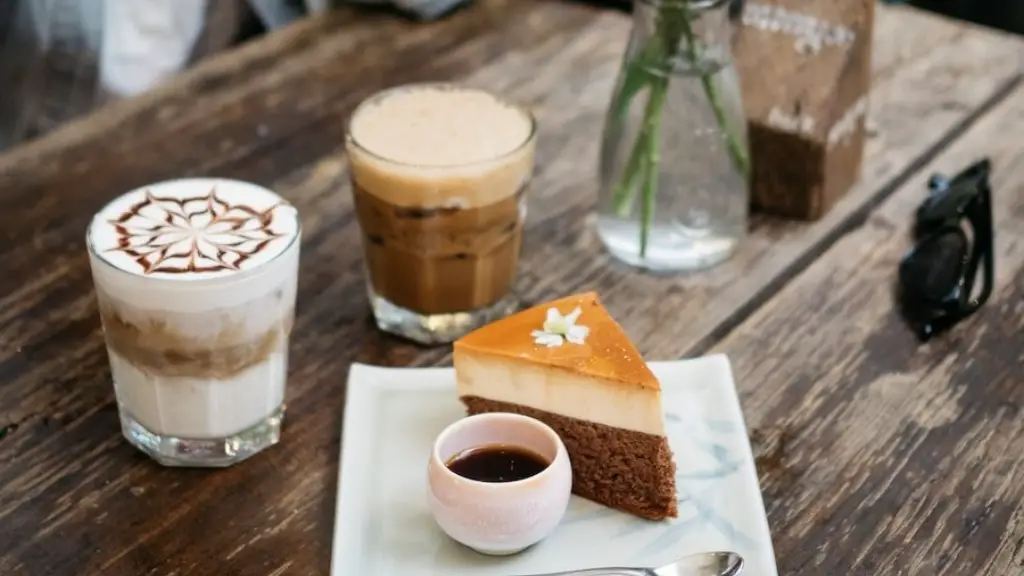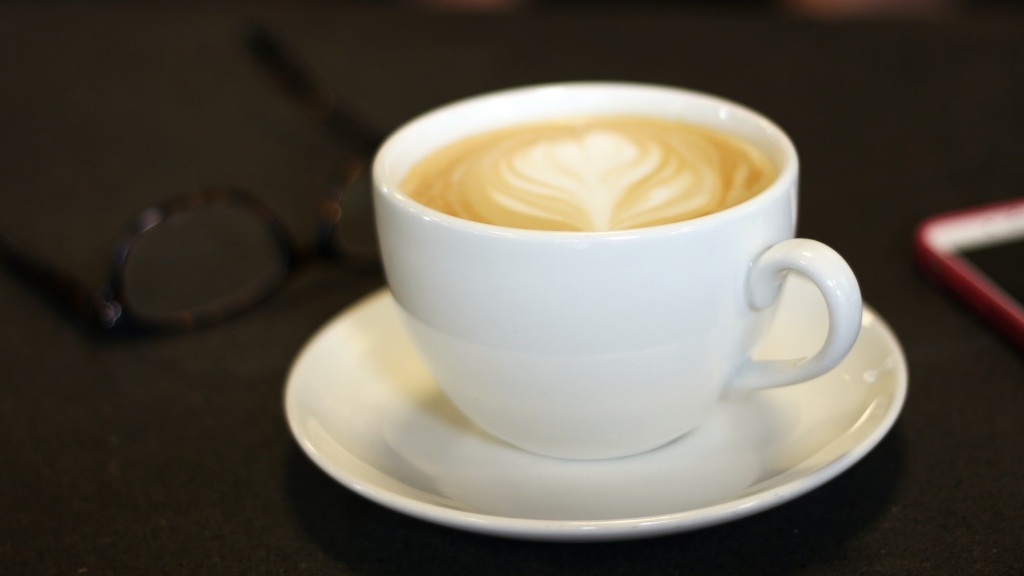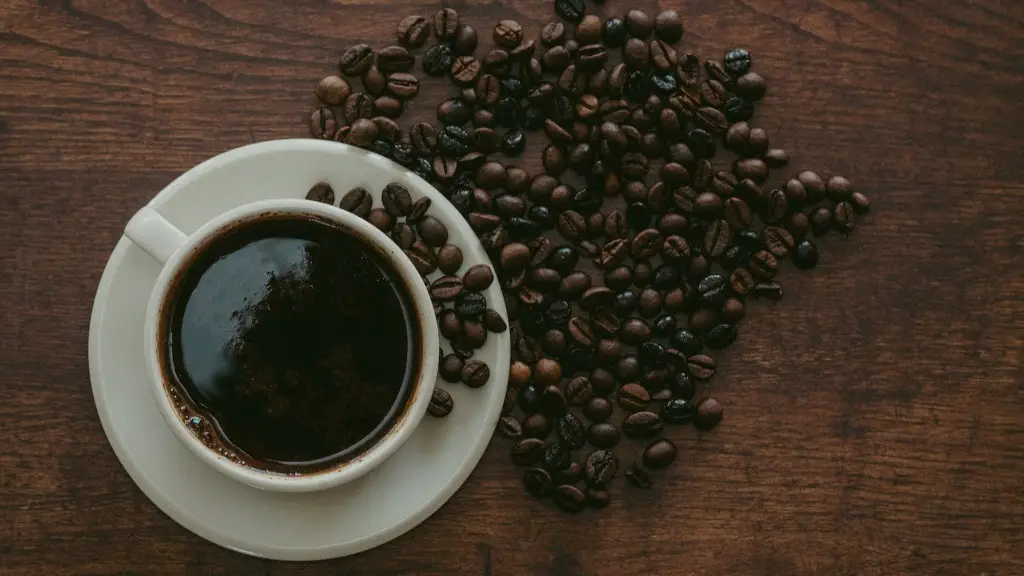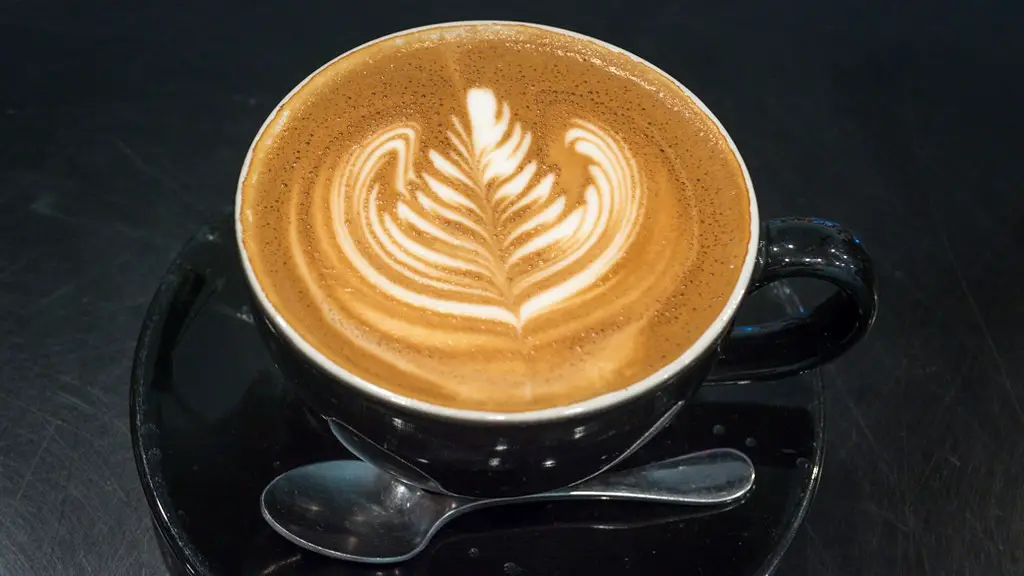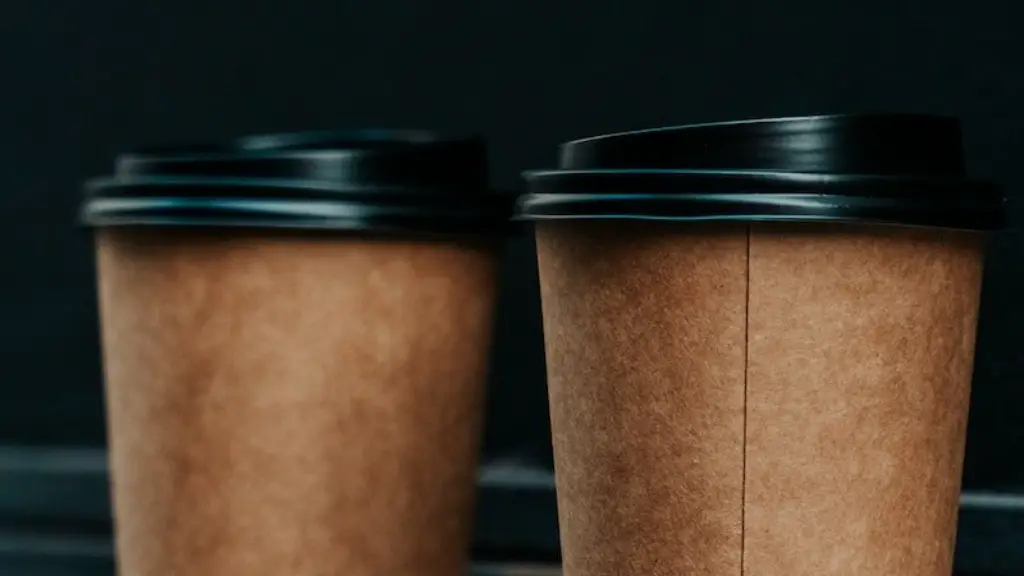For many, coffee from Starbucks is the go-to cup of joe, but how much caffeine is actually in Starbucks coffee? Known for its quality coffee blends and consistency, the coffee giants have always been renowned for a great coffee fix – at a price.
So just how much caffeine are we getting with a ‘grande’ (medium) cup of Starbucks coffee? According to Starbucks, an average grande cup contains 310 milligrams of caffeine. An eight-ounce ‘short’ contains 180 milligrams. A tall contains 260 milligrams while the venti (large) contains 410 milligrams.
Caffeine expert Steve Miller advises that most healthy adults can handle up to 400 milligrams of caffeine a day before experiencing adverse effects. He recommends drinking no more than two grande-size cups of Starbucks coffee a day. Miller also does emphasis that pregnant women and those with pre-existing health conditions should completely avoid caffeine.
But according to USDA researchers, if you were to drink two grande coffees from Starbucks, you’d be hitting over 400 milligrams of caffeine. They estimate that if you were to drink two grande cups of Starbucks coffee, it would contain about 450 milligrams of caffeine.
Health and nutrition specialist Dr. Jeannette Jackson believes that having Starbucks coffee every day may be slightly unhealthy. She says that drinking up to two cups of Starbucks caffeine a day may be acceptable, however if you’ve having several cups a day, it would become a concern.
So what are you getting with your Starbucks coffee? Coffee connoisseurs believe that it’s the natural processing of the coffee beans combined with the perfect blend that makes Starbucks coffee stand out in the coffee market.
Many arabica and robusta coffee beans are usually combined, but their varying degrees of processing can cause havoc for the caffeine levels. The results? A unique and truly delicious blend that could taste differently from shop to shop.
Processing of caffeine in coffee beans
The process of combining two different types of coffee beans doesn’t necessarily mean the caffeine levels are doubled. Coffee plant experts understand that caffeine levels in the Arabica and Robusta beans can vary depending on the harvesting periods, soil conditions, altitude and processing techniques.
Harvesting periods can affect stamina of the beans significantly. If beans are harvested too early then the caffeine levels cannot be as strong as those harvested during the peak maturity period. Keeping this in mind, Starbucks usually has research and development teams that carefully select and combine the beans to ensure customers get the best quality products.
Soil conditions also can have a significant impact on the caffeine levels in the beans. The conditions include climate, pH and the organic matter found in the soil, which can heavily influence the flavor, nutritional content, and cup quality of the coffee.
The natural processing techniques are what many coffee plant experts suggest to reduce the levels of caffeine in the beans. Methods such as the dry process and wet process result in the same flavour from the shop to shop and hence it is the preferred option for many coffee companies, as it is cost effective and efficient for many growers.
Detailed testings conducted by Starbucks
Starbucks takes great pride in monitoring and targeting the true flavor of the coffee beans. Every cup produced is carefully monitored for the flavors and the caffeine levels. Aromatic testers are employed to check that the coffee made is of the same great quality.
Prior to any large-scale selling, Starbucks have specialized teams that test coffee beans in blind taste tests. Keeping in mind, the time differences between all their coffee shops, they ensure that customers get the same luxurious experience, regardless of where they are located in the world.
Starbucks’ testing schedule is quite detailed which includes several processes for each harvesting season. All these processes are conducted in a unique testing lab, where coffee beans are evaluated for smoothness, aroma, acidity and strength. Aromatic testers, known as ‘Cup Masters’, check for the final tastes of the beans.
So, Starbucks coffee beans go through a long journey of testing, to ensure customers are getting coffee with the perfect amount of caffeine. This makes Starbucks one of the most consistent coffee shops in the world, so the caffeine levels remain the same in all countries, states or cities.
Factors that define caffeine in coffee beans
There are several factors that differentiate and define the levels of caffeine in coffee beans. Factors such as soil quality, harvesting periods, and processing techniques, all have an effect on the caffeine levels of the beans and can vary from farmer to farmer and sometimes from shop to shop.
Starbucks process their coffee beans in a very intricate manner ensuring that the caffeine levels and flavor remain the same for every carrying of beans. Their rigorous testing schedule and the unique taste tests conducted by their ‘Cup Masters’ only reaffirm why some may consider Starbucks one of the best in the world.
Impact of caffeine on the health
Caffeine has been known to have short term benefits such as boosting energy levels, alertness and concentration. However, the long term effects of having too much caffeine are not known. Experts such as Dr. Jeannette Jackson suggest that there should be a limit to daily intake of caffeine.
She believes that having up to two cups of Starbucks a day may be acceptable, however if you’re drinking several cups a day, then it could have potential health risks. Pregnant women and those with pre-existing health conditions are suggested to completely avoid caffeine.
Caffeine is an ingredient found in many food additives, sugary drinks and caffeine supplements, which makes it tricky to keep track of daily caffeine intake. It’s advised to check labels for dietary and energy drinks and food products for the caffeine content. It’s also important to be aware of signs of caffeine overdose, such as dizziness, restlessness and headaches.
Environmental factors in coffee production of Starbucks
Coffee consumption has a huge environmental impact. Starbucks takes steps to mitigate their impacts and work in different ways to help conserve the environment. They look for ways to reduce their use of energy, water and materials, innovate more sustainable products, and support their suppliers in reducing their environmental impacts.
According to Starbucks, they have invested in coffee species that have natural temperature and drought tolerance. They conduct ongoing research and development to increase their selection of coffee species and growing conditions. At the same time, Starbucks is improving sustainability at its coffee suppliers and reducing their waste output.
Their investments in technology have significantly improved the sustainability of their packaging. Starbucks is also supposed to be introducing new cup designs to reduce their carbon footprint by replacing paper with renewable plant-based material and reusable cups.
Their ‘Cups of Kindness’ donations provide additional agricultural and infrastructure support for coffee sustainability. Additionally, the company uses more recycled materials, recycled plastic, and plantation-grown wood for furniture and fixtures. There is also the “Shared Planet” program, which partners with local organizations for the support of environment-friendly initiatives.
Significance of Starbucks coffee in the market
Starbucks has established itself as one of the most successful franchises in the world. With a unique blend and consistency in every cup of coffee, Starbucks is one of the most sought after coffee brands. Their rigorous testing and processing techniques ensures that customers get the same smooth and superior taste regardless of their location.
Their fantastic customer service and dedication to providing first-rate ingredients and beverages has resulted in a loyal customer base. Starbucks have a well-known mission: “to inspire and nurture the human spirit — one person, one cup and one neighborhood at a time.” This has served them well and continues to appeal to new and existing customers.
However, its important to remember the famous slogan: “When You Care Enough to Send The Very Best.” This slogan goes hand-in-hand with Starbucks’ slogan when it comes to caffeine levels. Starbucks takes great pride in the production and distribution of its coffee beans, ensuring customers get the very best!
